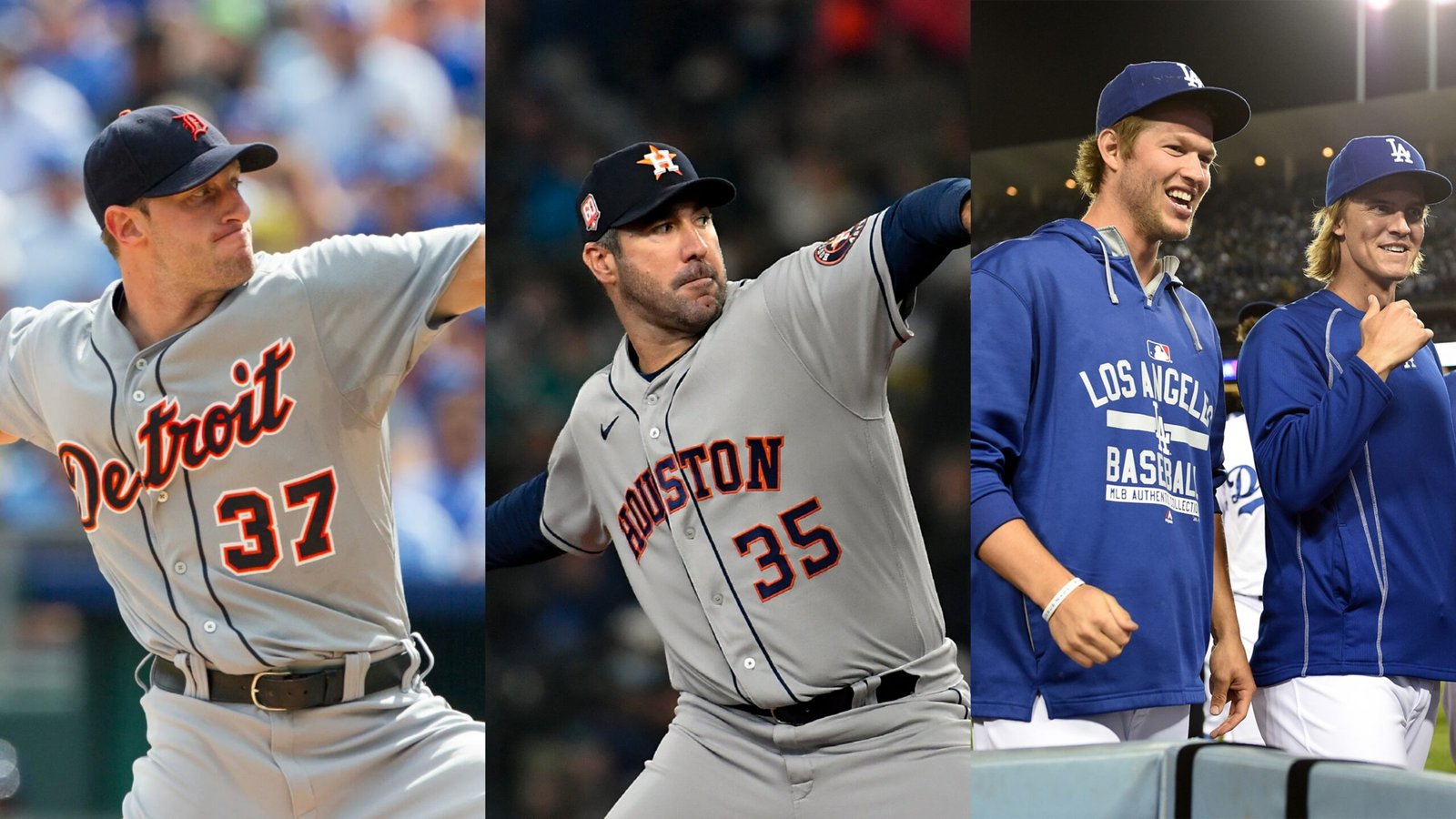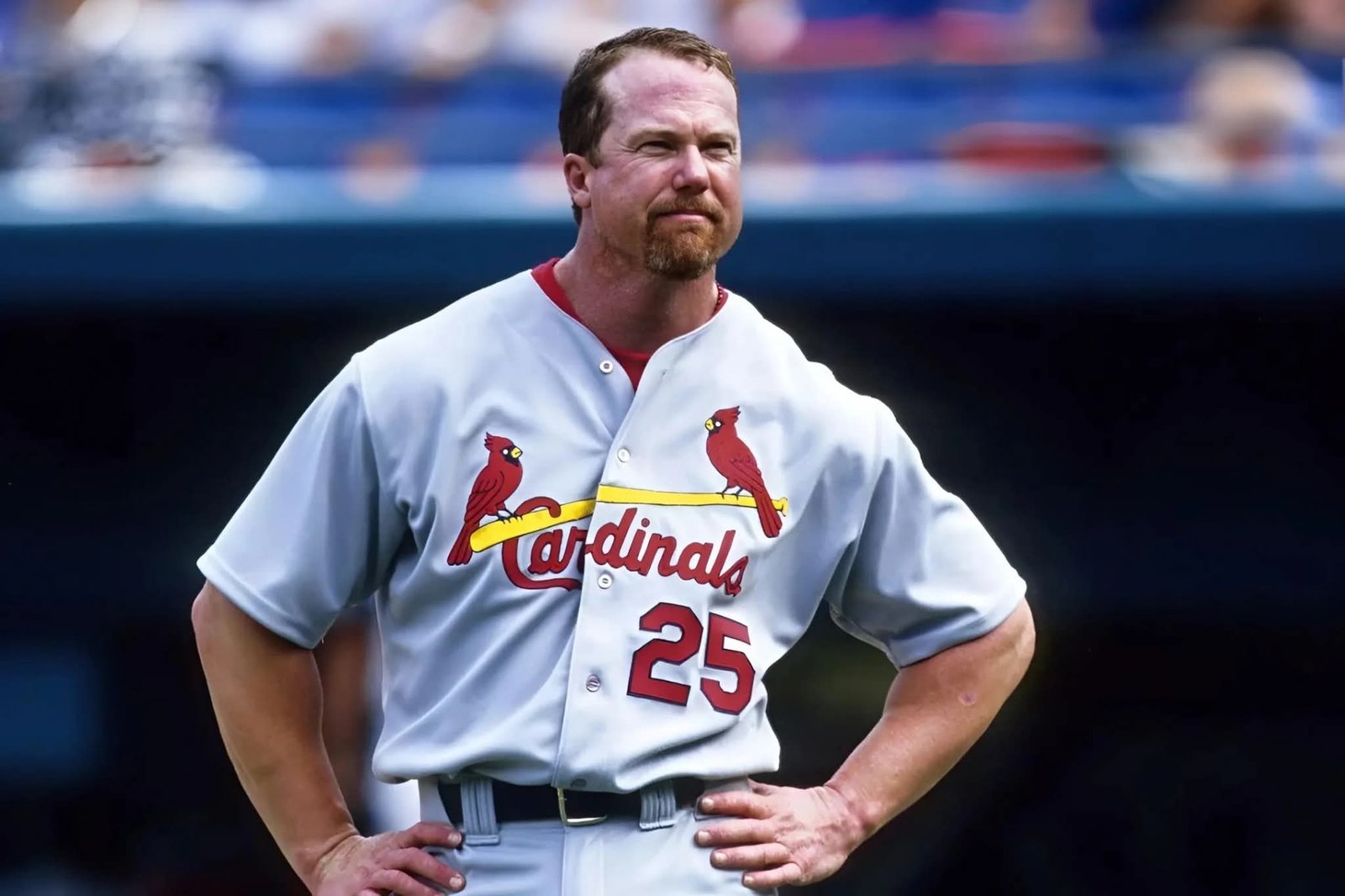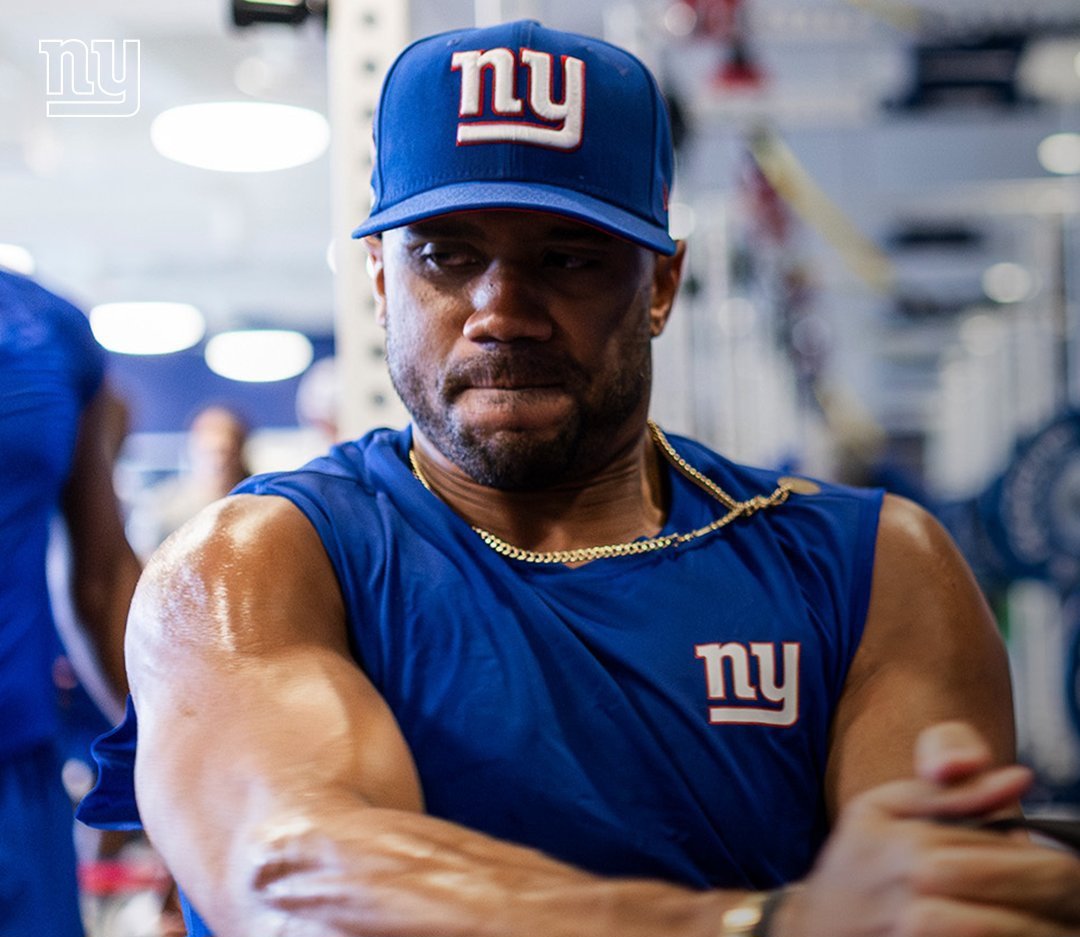
Top 11 MLB Pitchers Since 2000: Dominance Defined
Here’s a list of the top 10 MLB pitchers since 2000, based on their performance, accolades, and impact during this period. The rankings consider peak performance, longevity, advanced metrics (like ERA+, WAR, and WHIP), postseason success, and overall dominance, with a focus on their contributions from 2000 onward. Each pitcher’s key achievements and reasons for inclusion are provided, grounded in statistical and historical context.
Notes on Methodology and Context
Criteria: Rankings weigh ERA+, WAR/100 innings, strikeout rates, postseason performance, and awards (Cy Young, All-Star). Longevity and peak performance are balanced, favoring those who excelled post-2000.
Steroid Era: Pitchers like Martinez and Johnson faced juiced hitters, boosting their value. Kershaw and deGrom thrived in a high-strikeout era, showing adaptability.
Exclusions: Felix Hernandez (less postseason impact) were considered but didn’t make the cut.
Current Stars: Young pitchers like Tarik Skubal (2024 AL Cy Young) and Paul Skenes (2024 NL Rookie) are rising but lack the longevity for top-10 status yet.
Clayton Kershaw
Why: Kershaw is the premier pitcher of the 21st century, leading active pitchers with a 2.48 ERA and 83.6 WAR since 2008. His 2011–15 peak included a 2.10 ERA, three Cy Young Awards, and an MVP (2014). He’s topped MLB in ERA five times and has a 4.4 K/BB ratio, third all-time among pitchers with 2,000+ innings. Despite postseason struggles (4.22 ERA), his regular-season dominance and eight All-Star nods make him the clear No. 1.
Justin Verlander
Why: Verlander’s 226 wins and 3,416 strikeouts (10th all-time) highlight his longevity and excellence. Since 2000, he’s earned three Cy Youngs (2011, 2019, 2022) and an MVP (2011), with a 3.24 ERA and 72.1 WAR. His 2017 trade to Houston sparked a 2.46 ERA stretch and a World Series ring. At age 39, he led MLB with a 1.75 ERA in 2022, showing remarkable durability.
Max Scherzer
Why: Scherzer’s three Cy Youngs (2013, 2016, 2017) and 3.15 ERA since 2000 place him among the elite. His 74.8 WAR and 3,301 strikeouts reflect consistent dominance. Known for intensity, he led MLB in strikeouts (2018) and wins (2013). His 2019 World Series performance (2.40 ERA) solidified his big-game reputation. Scherzer’s ability to excel across multiple teams (Tigers, Nationals, Mets) cements his spot.
Roger Clemens
Why: From 2000–2007 (his primary post-2000 contribution), Clemens posted a 3.39 ERA over 1,000+ innings, with a 70-45 record and 1,071 strikeouts. His 2004 season with the Astros (2.98 ERA, 218 strikeouts) earned him a Cy Young at age 42, showcasing remarkable longevity.Clemens won two Cy Youngs (2001, 2004) and an MVP (2001) after 2000, adding to his seven total Cy Youngs. His 16.2 WAR from 2000–04 ranks him among the era’s Roger’s statistical dominance and ability to perform at an elite level into his 40s (e.g., 1.87 ERA in 2005) justify consideration. His 2000–01 World Series run with the Yankees (2.96 ERA) adds postseason value.
Pedro Martinez
Why: Martinez’s 2000 season (1.74 ERA, 291 ERA+, 0.74 WHIP) is arguably the best single-season pitching performance ever, especially during the steroid era. From 2000–09, he went 72-28 with a 2.78 ERA and 1,043 strikeouts. Injuries limited his later years, but his peak (1999–2001) was unmatched, with two Cy Youngs and a 219 ERA+. His control (4.1 K/BB) and Hall of Fame induction (2015) secure his rank.
Randy Johnson
Why: Johnson’s 2000–02 stretch (64-18, 2.48 ERA, 1,053 strikeouts) earned him three consecutive Cy Youngs. His 2001 World Series co-MVP and 29.0 WAR from 2000–09 highlight his dominance. At 6’10”, his 100+ mph fastball and slider were fearsome. Despite a shorter sample (retired 2009), his 303 career wins and Hall of Fame status make him a top-tier pitcher.
Jacob deGrom
Why: deGrom’s 2.53 ERA and 41.5% strikeout rate (2020–24) are unparalleled among active pitchers. His back-to-back Cy Youngs (2018–19) and 2.62 career ERA (second among active players) showcase his brilliance. Despite injury-limited innings (1,000+ since 2014), his 10.4 K/9 and 1.80 FIP since 2020 make him a standout. When healthy, peers call him the best.
Roy Halladay
Why: Halladay’s 2000–13 run included two Cy Youngs (2003, 2010) and a 3.25 ERA. His 203 wins and 65.6 WAR reflect durability and excellence. Known for complete games (67 from 2000–13), he threw a perfect game and a playoff no-hitter in 2010. His ability to dominate in both leagues (Blue Jays, Phillies) and postseason success (2.37 ERA) earn him this spot.
Zack Greinke
Why: Greinke’s 2009 Cy Young and 3.35 ERA since 2000 show versatility across six teams. His 2015 season (1.66 ERA, 19 wins) was a career highlight, and his 73.1 WAR ranks high among active pitchers. Greinke’s adaptability and consistency (2,500+ strikeouts, 223 wins) make him a fan favorite and a top-10 lock, despite no postseason standout moments.
Chris Sale
Why: Sale’s 2.38 ERA in 2024 and 3.19 career ERA since 2010 highlight his resurgence. His 2012–18 stretch included seven All-Star nods and top-six Cy Young finishes. Known for a devastating slider and 11.1 K/9 rate, Sale’s 2018 World Series contribution (1.13 ERA) adds to his resume. Recent health issues aside, his dominance when healthy earns him a spot.
Cole Hammels
Why: Hamels’ 2.93 ERA and 59.6 WAR from 2000–19 reflect steady excellence. His 2008 World Series MVP (1.80 ERA) and 2.64 ERA with the Cubs late in his career show clutch performance. With 2,560 strikeouts and 163 wins, Hamels’ longevity and postseason prowess (3.41 ERA) edge out others like Felix Hernandez for the final spot.
Did I miss anyone? Who is on your list?



